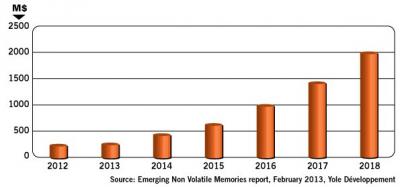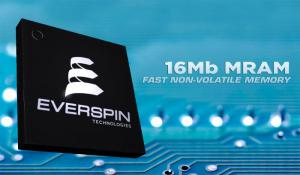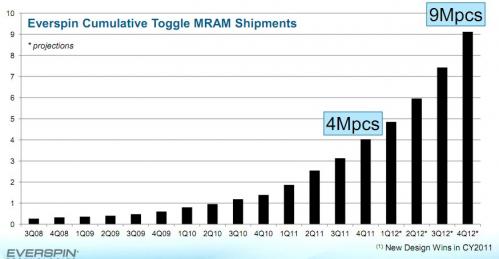Yole Développement sees the PCM and MRAM markets reaching $1.6 billion in 2018
Yole Développement released a new report on Emerging Non-Volatile Memories (which include four major technologies: MRAM, PCM, RRAM and FeRAM). They see the market increasing ten-fold in the next five years to $2 billion by 2018 (of which STT-MRAM and PCM will take the major share of $1.6 billion) - mostly due to improved scalability and chip density.

The largest market will be enterprise storage, where STT-MRAM and PCM cache memory will be adopted. PCM will also be used in mobile phones thanks to 1GB chips made available by Micron in 2012. STT-MRAM is expected to replace SRAM in SoC applications thanks to lower power consumption and better scalability. Another market for MRAM and STT-MRAM is smart card MCUs.




